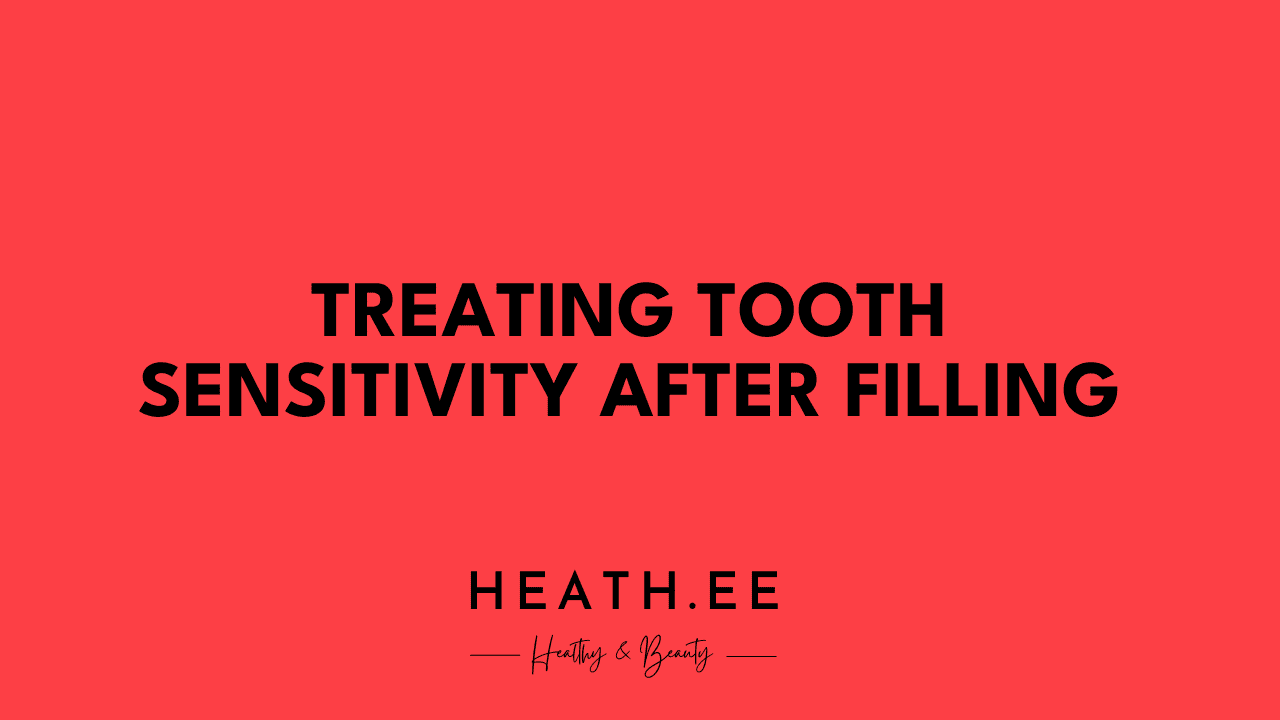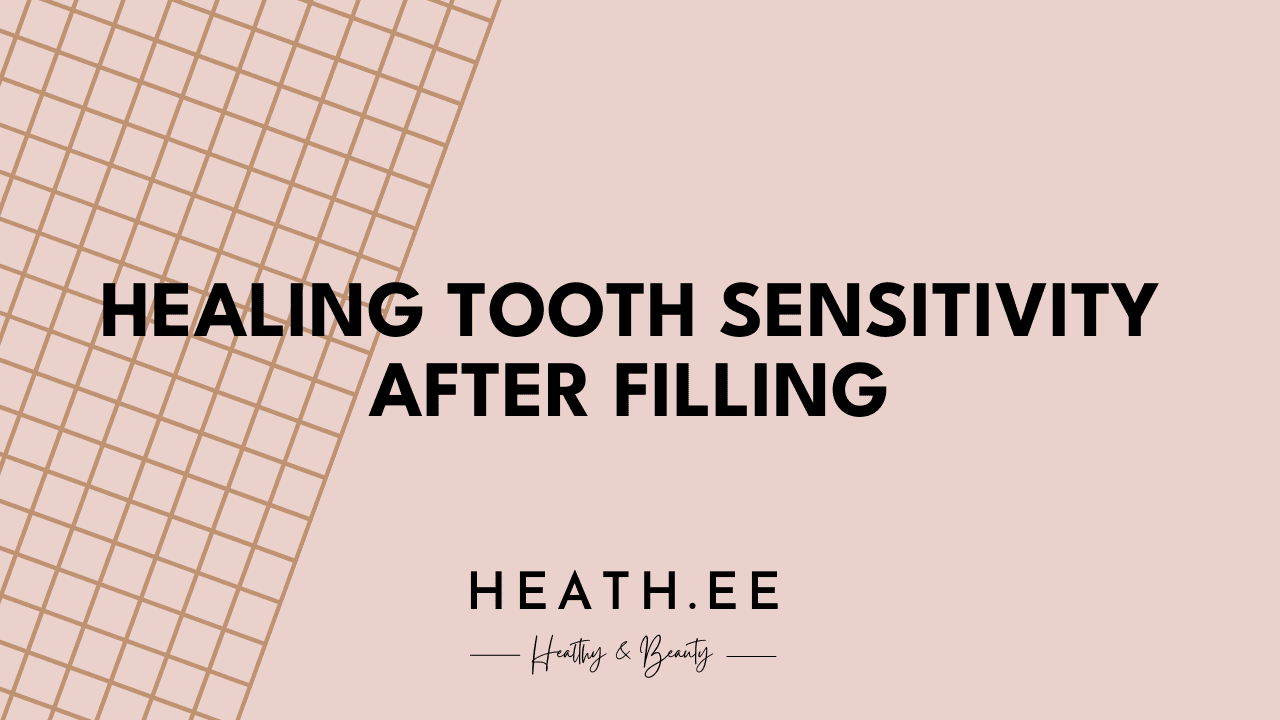Tooth sensitivity after filling is a common complaint among dental patients. It can range from mild discomfort to severe pain and can last for days or weeks. In this blog post, we’ll explore the causes of tooth sensitivity after filling, how to identify it, and potential treatments.
What Causes Tooth Sensitivity After Filling?
Tooth sensitivity after filling can be caused by a number of factors. The most common is the use of a dental drill during the filling procedure. The drill can cause microscopic cracks in the tooth, which can lead to sensitivity. Other causes of tooth sensitivity after filling include:
-
Inadequate filling material: If the filling material is not properly applied or is not the right type for the tooth, it can cause sensitivity.
-
Inadequate sealing: If the filling is not sealed properly, it can allow bacteria to enter the tooth, causing sensitivity.
-
Tooth decay: If the tooth has decay, it can cause sensitivity after the filling is applied.

How to Identify Tooth Sensitivity After Filling
Tooth sensitivity after filling can be identified by a number of symptoms. These include:
-
Pain: Pain is the most common symptom of tooth sensitivity after filling. It can range from mild discomfort to severe pain, and can last for days or weeks.
-
Sensitivity to hot and cold: If the tooth is sensitive to hot and cold temperatures, it could be a sign of tooth sensitivity after filling.
-
Sensitivity to pressure: If the tooth is sensitive to pressure, such as when chewing, it could be a sign of tooth sensitivity after filling.
Treatments for Tooth Sensitivity After Filling
Fortunately, there are a number of treatments available for tooth sensitivity after filling. These include:
-
Desensitizing toothpaste: Desensitizing toothpaste can help reduce the pain and discomfort associated with tooth sensitivity after filling.
-
Fluoride varnish: A fluoride varnish can be applied to the tooth to help reduce sensitivity.
-
Root canal: In severe cases, a root canal may be necessary to reduce the pain and sensitivity.

When to See a Dentist
If you experience tooth sensitivity after filling, it is important to see a dentist as soon as possible. A dentist can diagnose the cause of the sensitivity and recommend the best treatment.
Takeaways
Tooth sensitivity after filling is a common complaint among dental patients. It can be caused by a number of factors, including the use of a dental drill, inadequate filling material, and inadequate sealing. It can be identified by pain, sensitivity to hot and cold, and sensitivity to pressure. Treatments include desensitizing toothpaste, fluoride varnish, and root canal. If you experience tooth sensitivity after filling, it is important to see a dentist as soon as possible.



